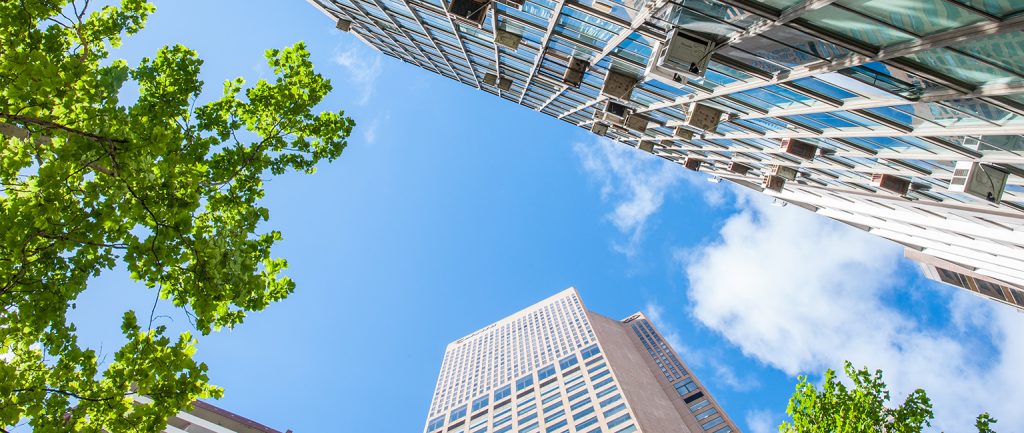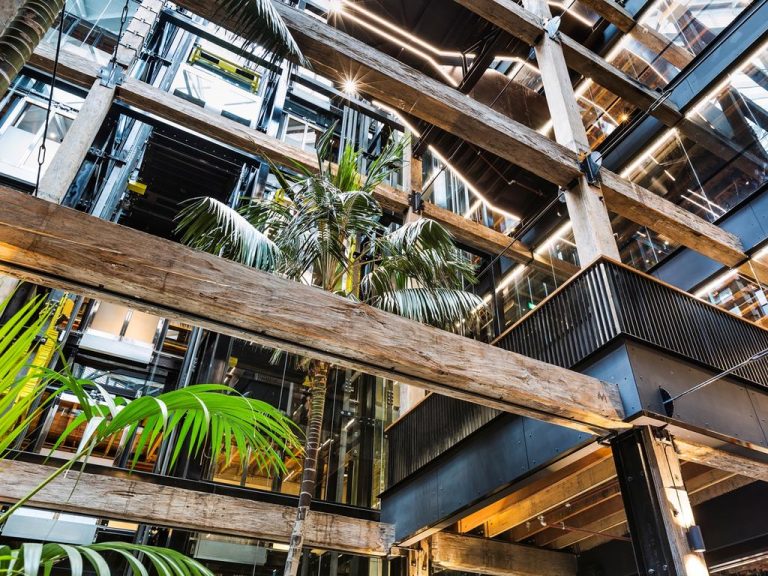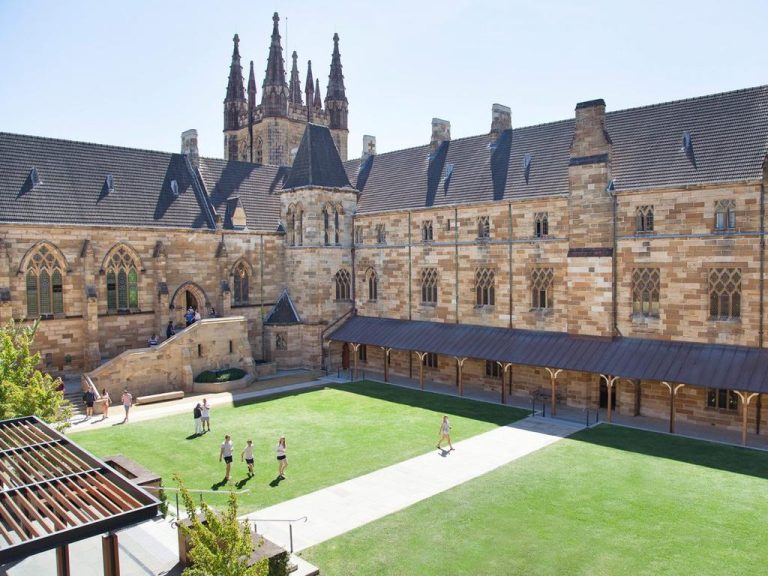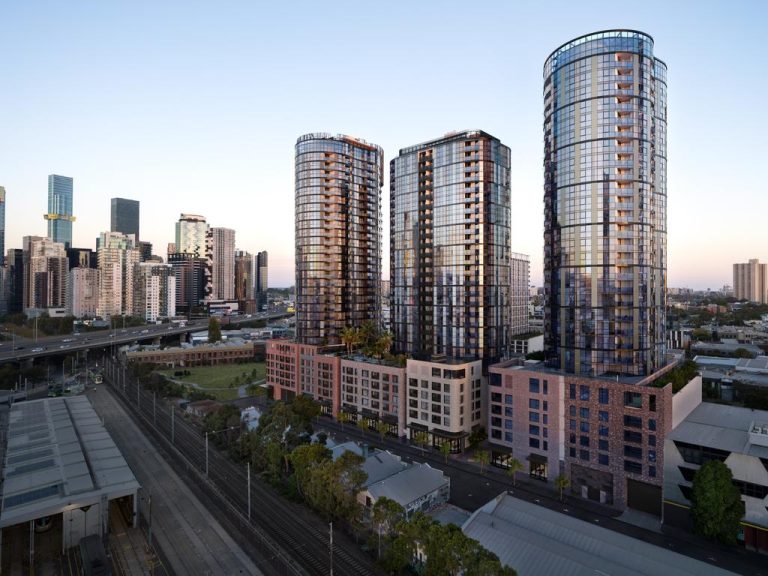Melbourne office tenants brace for rent hikes

Office vacancy rates across Melbourne’s CBD are set to fall and rents will rise as a spike in the Victorian economy drives business confidence.
The simultaneous expansion of some of the city’s biggest players has led to the boom, according to commercial property agency Savills Australia.
But the spike has also put pressure on landlords to offer more – everything from wellness centres to childcare services.
Commercial Insights: Subscribe to receive the latest news and updates
Victorian office leasing director Mark Rasmussen says vacancy rates have dropped from 8% to 5% after a significant year of growth.
“There have been several factors at work including a pretty positive economy and the fact that the four pillars of the Melbourne office market – Telstra, State and Federal governments, NAB and ANZ expanded at the same time for the first time in several years,” Rasmussen says.
“Tenants now have expectations that their business will grow and are seeking more space.”
Eight years after the GFC, Rasmussen says businesses are becoming less conservative and exploring expansion options.
He says Melbourne will follow the Sydney’s trend, where vacancies fell amid solid demand and lack of supply.
In Melbourne, major tenants seeking more than 20,000sqm include Dentsu Aegis, NAB, NBN and Energy Australia.
“It won’t be until 2019/20 before we see the next tranche of new supply coming onto the market and that means in the meantime the market can only continue to tighten,’’ Rasmussen says.
Tenants now have expectations that their business will grow and are seeking more space
Incentives, which have averaged about 30% in the last decade, are predicted to fall to the low to mid 20s in the next year – a factor likely to push rents up by 10%.
But the emergence of several trends is likely to have a lasting impact on the market.
“We have seen the re-emergence of project teams involved in infrastructure projects in the CBD and fringe markets on projects such as the Metro Tunnel taking up office space,” Rasmussen says.
He says landlords are under increasing pressure to offer tenant services, project space, wellness centres and even concierge and childcare.
“But perhaps the most important change has been the explosion of co-working and serviced office tenancies,” Rasmussen says. ”We now have 90% of premium and A-grade buildings offering co-working and serviced office space. Two years ago that was just 20%.”







